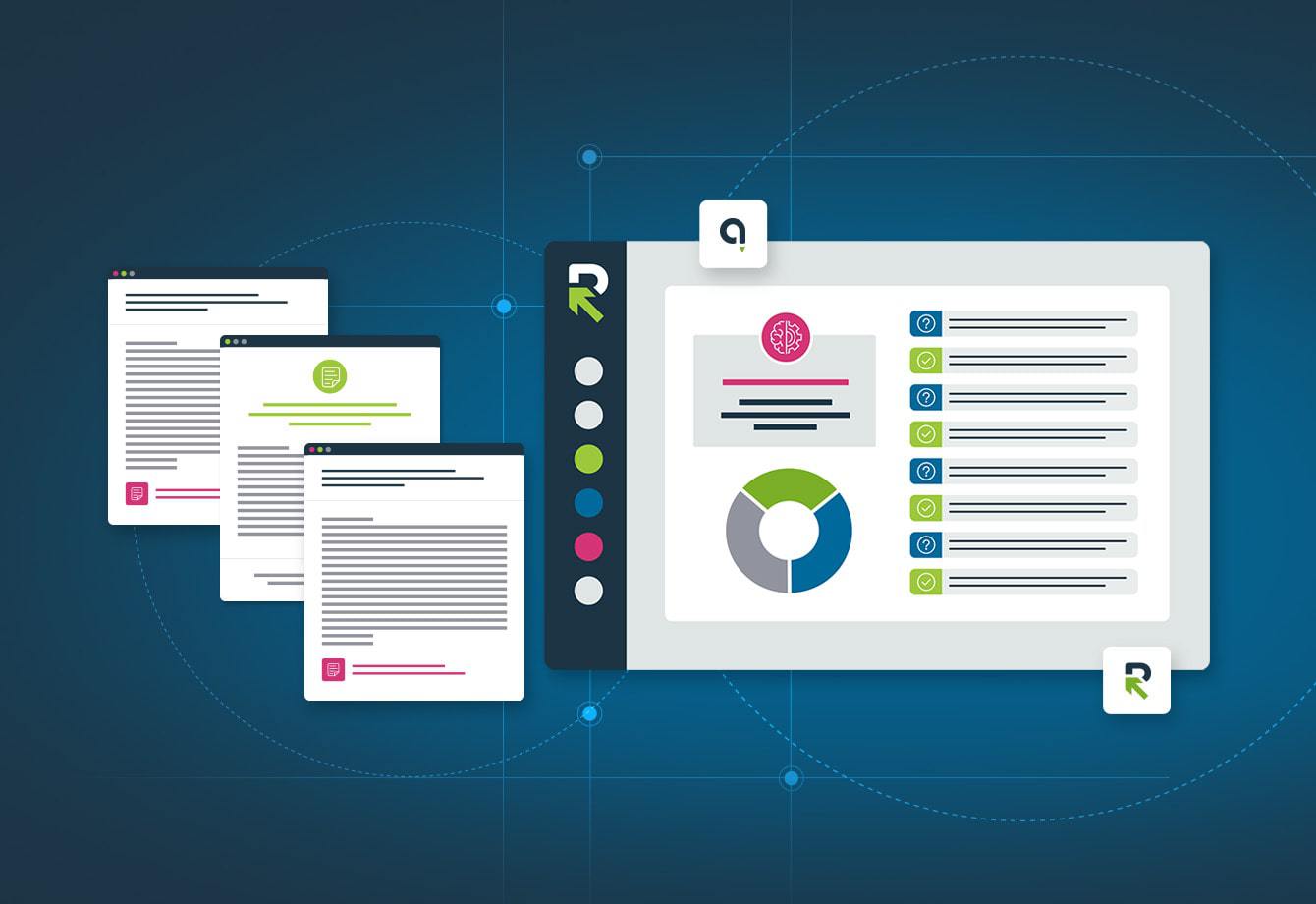
Start Responding Like a Pro
The Responsive blog is full of insights and best practices, giving you the tools you’ll need to streamline your process and respond with confidence.
Featured Post

How to maximize ROI of a strategic response management platform
Selling & EnablementLeading RFP teams and other responders have 16 percent higher win rates and 34 percent more revenue, according to the […]
Category: Tag: Response management


How a proposal coordinator keeps RFPs running smoothly
People & Teams
Capture Management: The Plan to Win
Product & Best Practices
Can a RACI matrix improve your proposal process?
Products/Features/Solutions
Proposal automation guide: Benefits, uses, tips & software
Selling & Enablement
How to create and use a proposal timeline
Product & Best Practices
RFI vs RFP vs RFQ: What’s the difference?
Templates & guides
How to find RFPs and win them
Selling & Enablement
Response management made simple
Selling & Enablement
Considerations when creating an RFP process
Selling & Enablement
Benefits of a great RFP process
Selling & Enablement
Understanding RFP management
Selling & EnablementSee how it feels to respond with confidence
Why do 250,000+ users streamline their response process with RFPIO? Schedule a demo to find out.